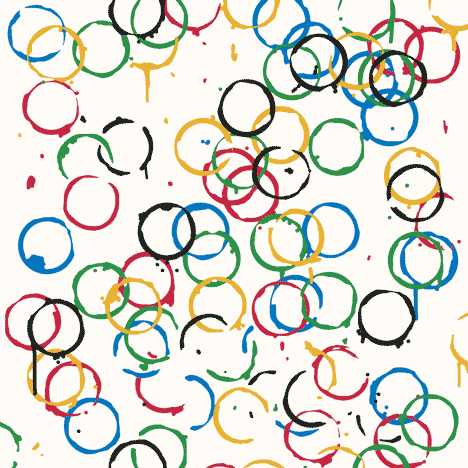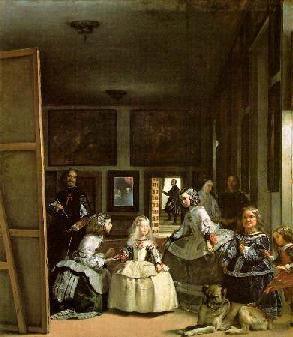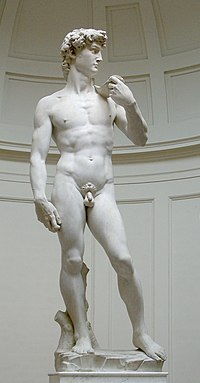One of the reasons why I originally designed this project is because too often I have visited art museums and galleries, looked at paintings, and thought: "Nice colors." "Yep, there's a painting of flowers." "Oh yeah, I've heard of that guy."
Too often I looked at a painting for about ten seconds, felt like I got the gist of it, and moved on. I knew that there was more to analyzing a piece of art, but I was not sure what that was. I think that many of my students feel that way about poetry.
Oh, okay, this poem is about a tree. That's nice.
Tonight when I was studying Caravaggio's
Entombment for my Art History class, I thought about how in the past I would have just thought,
Oh, another religious painting. That's nice. Next. I am finding it really interesting to learn more about the historical contexts of many paintings and why they were significant during the time they were painted and why they are significant today.
 |
| Caravaggio's Entombment (1603) |
|
|
Entombment is known for its contrast of light and dark colors and the way it invites viewers to participate in the scene presented. Historically, this painting is significant because it was created during the time when the Catholic Church was defending itself against the Protestant Reformation. This painting was put in place above an altar in a Catholic church in Rome, so that it created the illusion that Christ's body was being laid down upon the altar. The painting was a symbol of the Catholic belief of transubstantiation, that Christ literally gave up his body to be shared as the Eucharist.






















